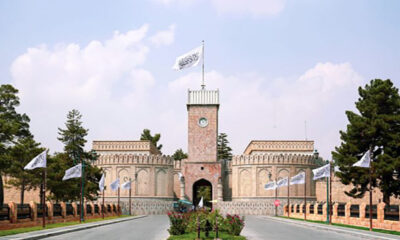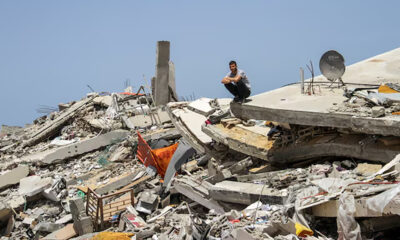Climate Change
Southern California sees rare snowfall as winter storm intensifies
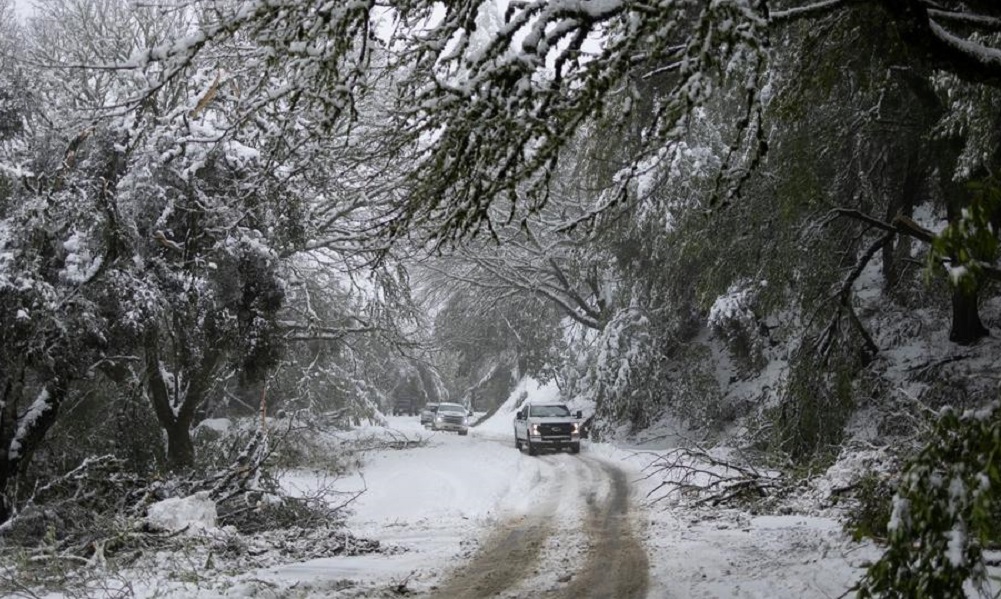
Southern California has received a heavy snowfall, as the first blizzard in a generation pounded the hills around Los Angeles, with heavy rains threatening flooding in other places of the United States.
Breathless television weather presenters more used to delivering a same-every-day forecast of warm sunshine found themselves knee-deep in the white stuff on Friday as the region grappled with its worst winter storm for decades.
Major roads were closed as ice and snow made them impassable, including sections of Interstate 5, the main north-south highway that connects Mexico, California, the Pacific Northwest and Canada.
Authorities said there was no estimate when it would be reopened, AFP reported.
“Dangerous and potentially life-threatening snow related impacts are likely for mountain, desert, and foothill roadways in southern California,” the National Weather Service (NWS) said.
“Multiple rounds of heavy snowfall coupled with strong winds will lead to blizzard conditions over some of the higher terrain and mountain passes.
“Areas very close to the Pacific Coast and also into the interior valleys that are not accustomed to seeing snow, may see some accumulating snowfall.”
Snow and high winds brought down power lines, knocking out the lights for over 100,000 customers in California, according to poweroutage.us.
Television stations dispatched their presenters to mountain areas, where some reported on traffic misery and others chatted with gleeful children given the day off school.
Social media platforms were inundated with pictures of varying amounts of snow in gardens in higher elevation areas, as residents marveled at the winter weather.
Even the Hollywood sign appeared to be trying to muscle in on the action, with Jeff Zarrinnam of the Hollywood Sign Trust snapping a picture of a snowball he made at his nearby house.
“I’ve seen everything,” he told the Los Angeles Times, but “it was quite a surprise” to find snow this low.
Daniel Swain, a meteorologist at UCLA said a warming climate — caused by humanity’s unchecked burning of fossil fuels in the industrial age — had changed the nature of winter precipitation in the area.
He said last century, many more places might have seen snow in a storm event like this.
“Back in the 1940s there’s records of heavy snowfall in the city of LA and of course that seems almost unthinkable today,” he said.
“The reality is that the fact that the climate is several degrees warmer in California than it used to be makes low (elevation) snow events less likely.”
Flash flooding
For people at those lower elevations, heavy rain on Friday was sparking warnings of inundations and landslides.
A flood watch was in place for portions of Ventura, Los Angeles and Santa Barbara Counties where up to an inch (2.5 centimeters) of rain was expected in an hour.
“Increased threat of flash flooding/rockslides,” the NWS said.
“Expect potential for very heavy rain, road flooding, small hail, & gusty winds. Ocean waterspouts & land-based tornadoes are possible.”
Winter weather was also making life difficult in other parts of the West, with roads closed in Wyoming, and Oregon reporting near-record snow.
“Portland experienced its second snowiest day ever recorded (on Thursday) with 10.8 inches of snow,” the NWS bureau in the city said.
The heavy weather continued to snarl flights after several days of misery for air travelers.
More than 370 flights into, out of or around the United States had been canceled by 2300 GMT Friday, with almost 6,000 more delayed.
Climate Change
Rescuers race to reach those trapped by floods in China’s Guangdong
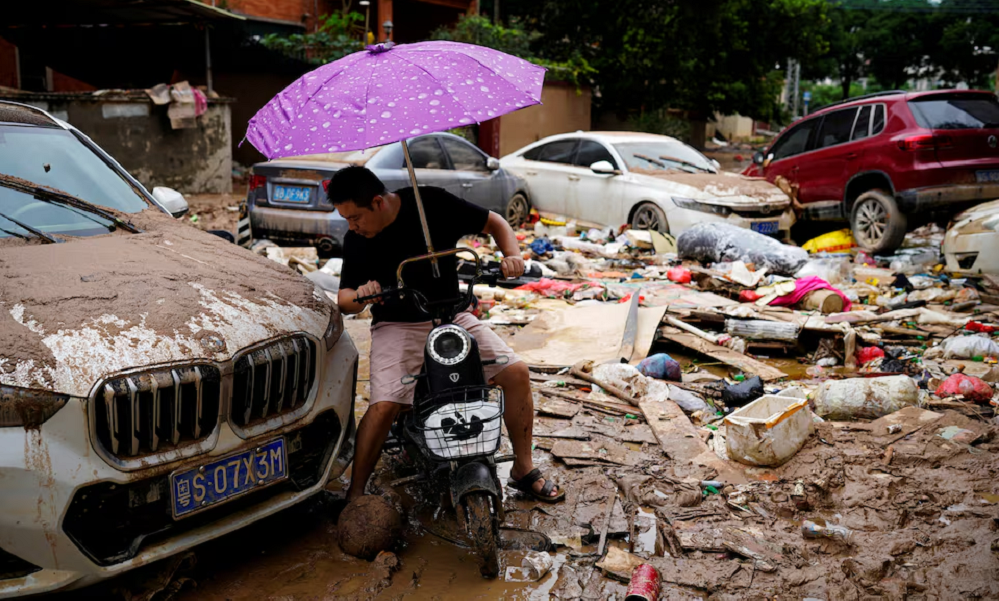
WATCH: Rescuers on boats in China’s flood-ravaged Guangdong province raced to evacuate trapped residents, carrying some elderly people by piggyback from their homes and deploying helicopters to save villagers caught in rural landslides.
The southern Chinese province has been battered by unusually heavy, sustained and widespread rainfall since Thursday, with powerful storms ushering in an earlier-than-normal start to the region’s annual flooding season, Reuters reported.
Eleven people were missing in Guangdong by Monday morning, the state-owned Xinhua News Agency reported without giving further details.
Across the province, 53,741 people have been relocated, with 12,256 people being urgently resettled, Xinhua reported, citing the provincial government.
The cities of Shaoguan, Qingyuan, Zhaoqing and Jiangmen to the west and north of the provincial capital Guangzhou have been particularly hard hit.
In Qingyuan, houses and shops along the Bei River were submerged as the Pearl River tributary swelled, local media reported.
Aerial footage showed flood waters overwhelming a nearby town, leaving only roofs and treetops untouched.
Rescuers in Qingyuan tackled muddy waters, neck-high in some areas, to extract residents, including an elderly lady trapped in waist-deep water in an apartment building, videos on social media showed.
Other social media videos showed water gushing through roads and vehicles in disarray.
In Shaoguan, landslides trapped villagers who had to be rescued by helicopter while other rescuers traveled on foot to reach cut-off disaster sites, Reuters reported.
The Chinese military also stepped in to help clear roads.
The rains eased early on Monday, but some schools in the province were suspended.
Powerful thunderstorms are expected to return later in the week after a brief respite, marking an unusually early wet spell that is more typical in the months of May and June.
Climate Change
Massive river flooding expected in China, threatening millions
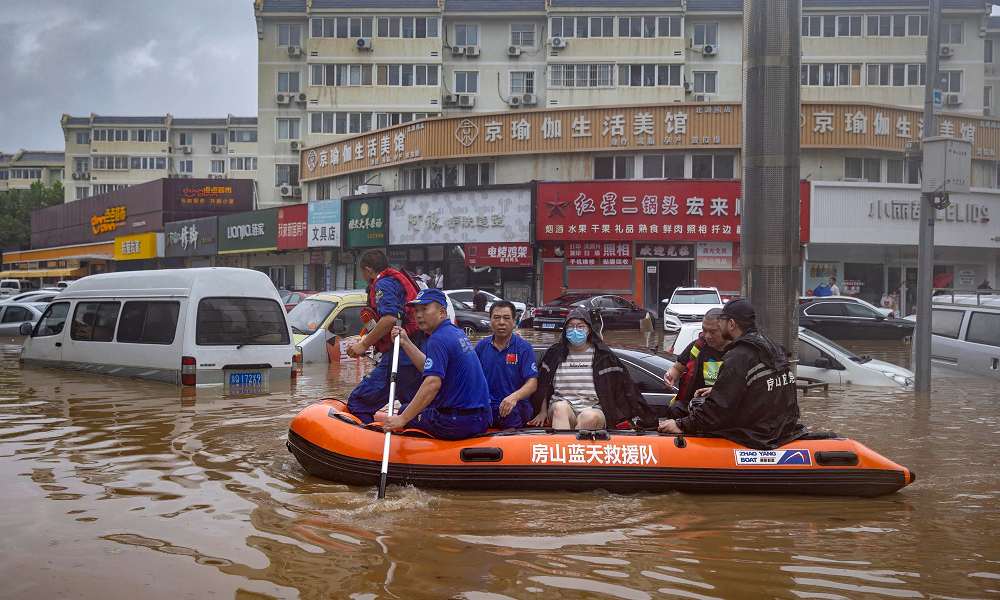
Major rivers, waterways and reservoirs in China’s Guangdong province are threatening to unleash dangerous floods, forcing the government on Sunday to enact emergency response plans to protect more than 127 million people.
Calling the situation “grim”, local weather officials said sections of rivers and tributaries at the Xijiang and Beijiang river basins are hitting water levels in a rare spike that only has a one-in-50 chance of happening in any given year, state broadcaster CCTV news said on Sunday.
China’s water resource ministry issued an emergency advisory, CCTV reported.
Guangdong officials urged departments in all localities and municipalities to begin emergency planning to avert natural disasters and promptly disperse disaster relief funds and materials to ensure affected people have food, clothing, water and a place to live, Reuters reported.
The province, a major exporter and one of China’s main commercial and trading centers, has seen torrid downpours for several days and strong winds due to severe convective weather, which has also affected other parts of China.
A 12-hour stretch of heavy rain, starting from 8 p.m. (1200 GMT) Saturday, battered the central and northern parts of the province in the cities of Zhaoqing, Shaoguan, Qingyuan and Jiangmen.
Almost 20,000 people have been evacuated in Qingyuan, according to state media, and some power facilities in Zhaoqing were damaged, cutting power to some places, Reuters reported.
Climate Change
UN sounds ‘Red Alert’ as world smashes heat records in 2023
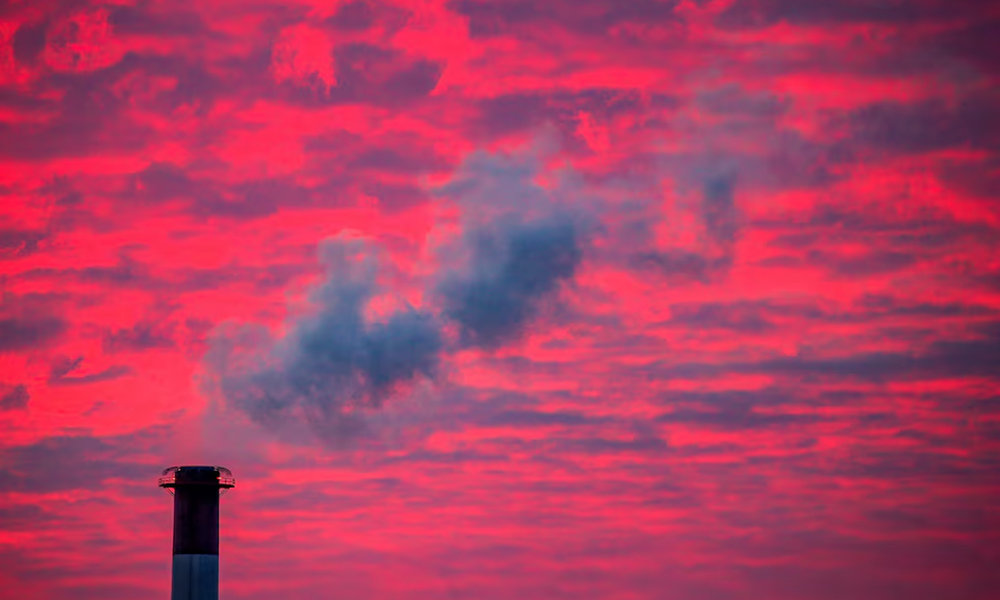
Every major global climate record was broken last year and 2024 could be worse, the World Meteorological Organization (WMO) said on Tuesday, with its chief voicing particular concern about ocean heat and shrinking sea ice, Reuters reported.
The U.N. weather agency said in its annual State of the Global Climate report that average temperatures hit the highest level in 174 years of record-keeping by a clear margin, reaching 1.45 degrees Celsius above pre-industrial levels.
Ocean temperatures also reached the warmest in 65 years of data with over 90% of the seas having experienced heatwave conditions during the year, the WMO said, harming food systems.
“The WMO community is sounding the Red Alert to the world,” said WMO Secretary-General Celeste Saulo, who took over the job in January.
“What we witnessed in 2023, especially with the unprecedented ocean warmth, glacier retreat and Antarctic sea ice loss, is cause for particular concern.”
She later told reporters that ocean heat was particularly concerning because it was “almost irreversible”, possibly taking millennia to reverse.
“The trend is really very worrying and that is because of the characteristics of water that keep heat content for longer than the atmosphere,” she said.
Climate change, driven by the burning of fossil fuels, coupled with the emergence of the natural El Nino climate pattern, pushed the world into record territory in 2023, read the report.
WMO’s head of climate monitoring, Omar Baddour, told reporters there was a “high probability” that 2024 would set new heat records, saying that the year after an El Nino was typically warmer still.
Tuesday’s report showed a big plunge in Antarctic sea ice, with the peak level measured at 1 million km2 below the previous record – an area roughly equivalent to the size of Egypt.
That trend, combined with ocean warming which causes water to expand, has contributed to a more than doubling of the rate of sea-level rise over the past decade compared with the 1993-2002 period, it said.
Ocean heat was concentrated in the North Atlantic with temperatures an average 3 degrees Celsius above average in late 2023, the report said. Warmer ocean temperatures affect delicate marine ecosystems and many fish species have fled north from this area seeking cooler temperatures, Reuters reported.
Saulo, a meteorologist from Argentina who has promised to strengthen global warning systems for climate disasters, said she hoped the report would raise awareness of the “vital need to scale up the urgency and ambition of climate action”.
“That’s why we spoke about the Red Alert because we must care for the people and how they will suffer from these more frequent, more extreme events,” she told reporters. “If we do nothing, things will become worse and that will be our responsibility.”
-
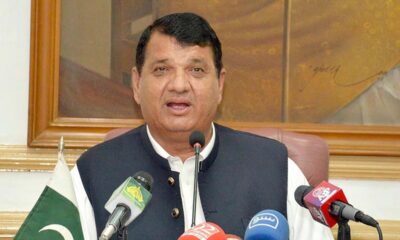
 Latest News4 days ago
Latest News4 days agoPakistan’s frontiers minister stresses ‘dignified’ return of Afghan refugees
-

 Regional3 days ago
Regional3 days agoIranian president lands in Pakistan for three-day visit to mend ties
-
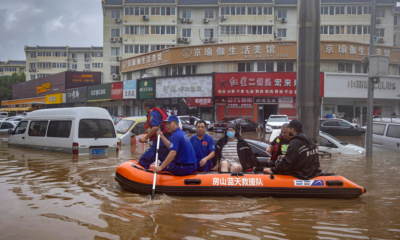
 Climate Change4 days ago
Climate Change4 days agoMassive river flooding expected in China, threatening millions
-

 Latest News2 days ago
Latest News2 days agoRashid Khan named AWCC’s brand ambassador
-
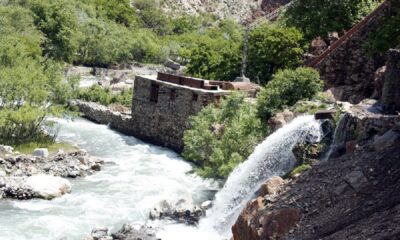
 Latest News4 days ago
Latest News4 days agoChinese keen to invest in Panjshir-Kabul water conduit project
-

 World4 days ago
World4 days agoTwo Japan navy helicopters crash, one body found, 7 missing
-

 Sport3 days ago
Sport3 days agoKolkata beat Bengaluru by one run in IPL as Kohli fumes at dismissal
-

 Sport3 days ago
Sport3 days agoACL: Aino Mina 3-0 Istiqlal Kabul; Attack Energy 3-0 Khadim










